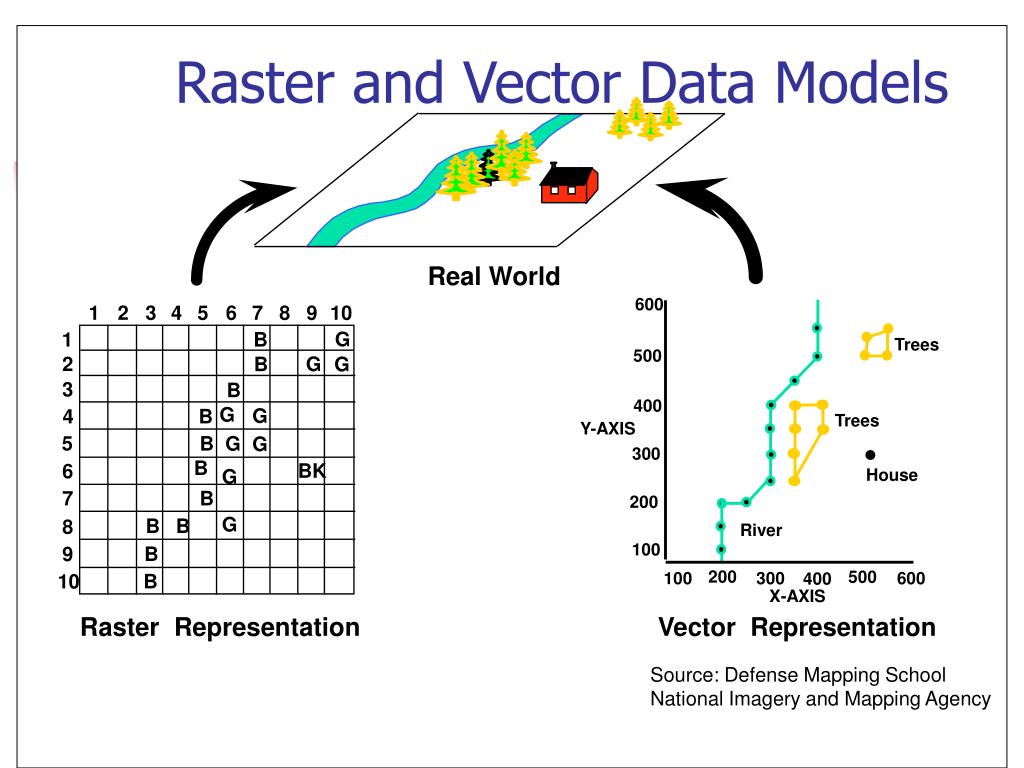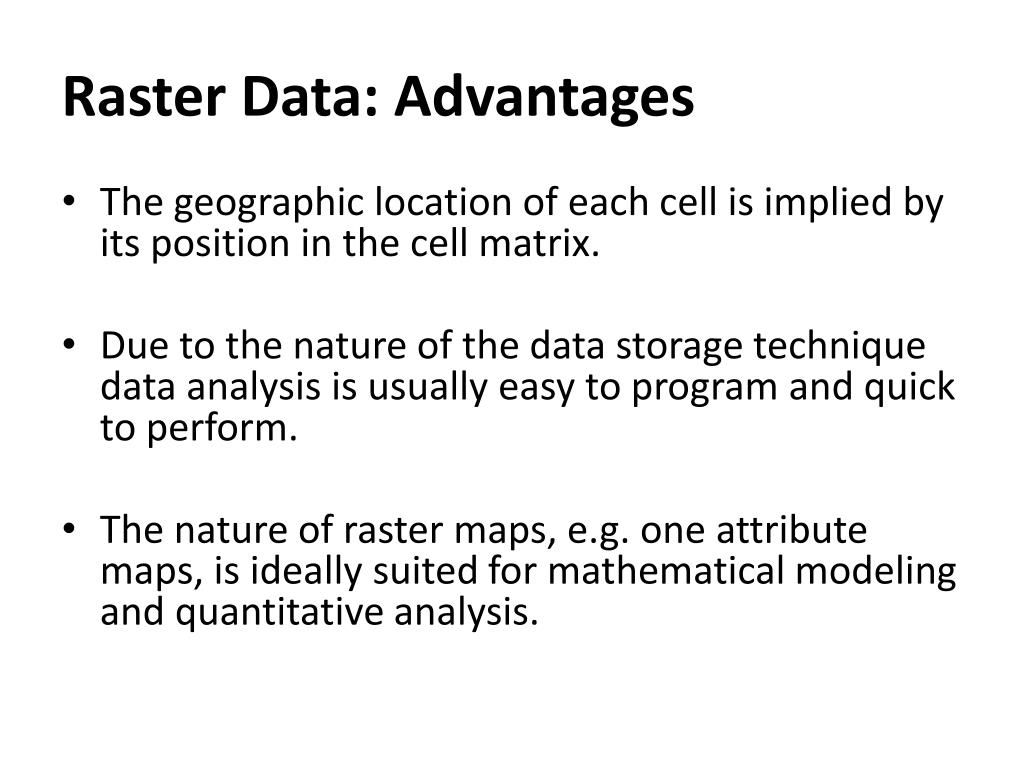

Raster GISs are also known as grid cell GISs and sometimes pixel GISs. However, the primary purpose of the raster GISs is to analyse the values of each pixel rather than just display them. Most vector GISs can display bitmap backdrops of air photographs and satellite images.


Vector GISs are used to display maps of roads, land ownership and buried infrastructure – the sorts of maps that you’re used to seeing in google maps. For example, Digital Elevation Models models (DEMs) that took hours to produce in the early days of GIS, now complete in seconds.īroadly speaking, vector GISs are most suited to applications that involve the social and engineering sciences, and grid cell (raster) systems to applications that involve the natural sciences. These concerns were real at the time, but no longer apply. Much of the angst about Raster vs Vector GIS needs to be seen in the context of the flakey GISs, flakey computers, inefficient computer algorithms and slow computers that existed in the early days of GIS. The geographical problem you’re trying to solve and the maps you have to solve the problem most often make that decision for you. The Raster vs Vector GIS question is rarely one you need to worry about these days. Raster and vector Geographical Information Systems operate differently and are used to address different types of geographical problems.


 0 kommentar(er)
0 kommentar(er)
